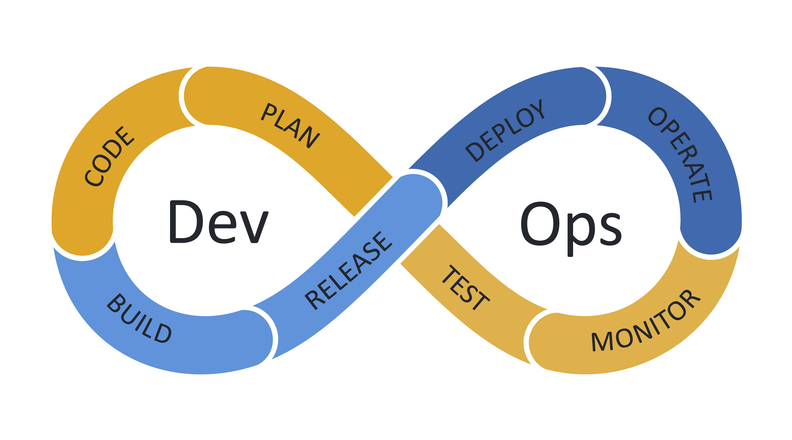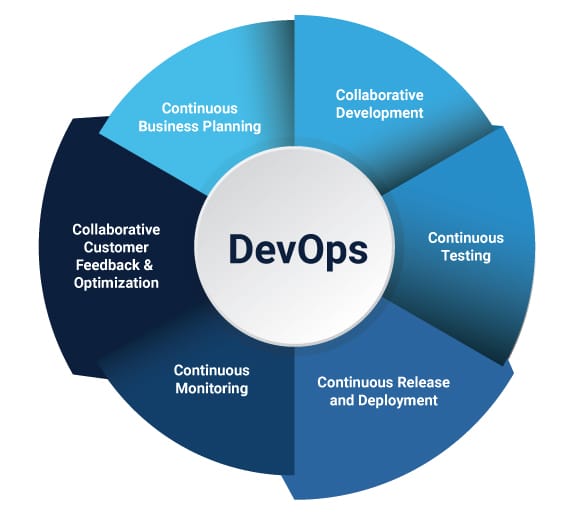
5 Advantages of Implementing Container As a Service for Your Business
Containers are efficient bundles encompassing an entire application along with its code, libraries, and dependencies required for smooth functioning. They virtualize CPU, memory, and disk access at the OS level to enable developers to create an application that runs on any platform or cloud environment.
CaaS is a cloud-based service that handles container management at a large scale, eliminating the need for enterprises to have their own container management resources or complete orchestration capabilities. It also allows developers to change containers on a large scale, removing inconsistencies.
Table of Contents
Scalability
The container makes it easy to scale operations up or down flexibly in response to application demands. Containers offer a valuable advantage in managing business peaks by allowing for seamless scaling with the addition of more containers. Moreover, they prove to be cost-effective by enabling the operation of multiple applications on a single server.
The lightweight nature of containers makes them faster to deploy, reducing application development and deployment times. They’re agnostic of the underlying OS, making them more portable between different environments and cloud vendors.
They also require fewer resources than virtual machines, with start-up times in the megabyte range. It helps drive higher server efficiencies and reduced costs like licensing and maintenance. Moreover, they’re easier to maintain because changes can be made at the modular level instead of modifying entire codebases.

With a container-based development process, developers can quickly release software updates. It reduces inconsistencies and speeds up defect resolution. It is crucial in a DevOps-oriented environment.
Containers abstract applications from the operating system, allowing them to run consistently across environments and platforms. They can be deployed to the cloud, bare metal servers, or even on a developer’s laptop.
Compared to virtual machines, containers require less capacity, which lowers expenses like server space and licensing. They may get started right away, hastening the deployment of applications. With this scalability, expanding operations during periods of high demand or reducing them during lean periods is more straightforward. With a container as a service, it is simple.
Efficiency
DevOps teams can focus on other things when CaaS handles container integration and deployment. It allows them to create creative solutions for customer needs. They also save time by reducing the software development cycle and the time needed between releases.
Containers are lightweight and do not need an operating system, which helps drive up server efficiencies and reduce costs like OS licensing fees. They can be deployed, replicated, and started in seconds.
Each container operates independently on a host, meaning that the other containers will continue to function even if one fails. Developers test and debug applications without interfering with different container environments. It also improves the quality of applications, which helps businesses deliver a better customer experience.
Flexibility
Containers allow developers to create more flexible applications that are easier to shift between different environments. This flexibility enables DevOps teams to respond quickly to business and performance metrics, such as traffic and usage, while also increasing application functionality by stacking microservices on top of one another.
Container applications are OS agnostic, meaning they bundle an application and all the files it needs to run, including libraries and 3rd party integrations, into one separate unit from the operating system. It allows them to run on any virtualized environment, bare metal servers, or public cloud.
Moreover, platforms like Kubernetes enable you to easily manage containers for maximum flexibility and agility, allowing you to set up desired dependencies, scale, and relations. It reduces manual configuration tasks and enables you to develop more robust digital ecosystems.
Containers are executable software units that bundle application code, libraries, and dependencies. They create a uniform set-up and packaging style, allowing applications to be run anywhere – on a desktop, in traditional IT, or the cloud. This flexibility enables implementing a ‘build it once, run it anywhere’ strategy that saves time and resources by eliminating the need to manually deploy, operate and monitor underlying infrastructure.
Additionally, the fast spin-up time of containers means that updates and new functionality can be rolled out more quickly without disrupting existing applications. It enables companies to adapt quickly to user needs and business performance metrics. It is handy for complex applications constructed in a microservices application architecture.
Isolation
Using containers enables you to develop and test apps on any platform. It lets you quickly roll out new apps or updates like bug fixes and features. It eliminates environmental inconsistencies and speeds up development processes.
Unlike VMs, containers don’t include an operating system image, making them smaller and more efficient. It enables you to run many on a single server and lowers operational costs.
Containers isolate apps, reducing the chance that a breach in one container will affect others or invade the host system. To maximize the advantages of containers, choose a CaaS that provides comprehensive monitoring and container management tools. Look for a provider that offers support and documentation, as well. It should offer a pricing model that fits your budget and usage needs.
Security
Containers provide a way to package applications and libraries together, providing an isolated environment for running software services. As a result, containers reduce the time and resources needed to install, run, and upgrade applications, accelerating development and DevOps cycles.
While containers offer many advantages but present unique security challenges requiring a new approach. For instance, a failure to properly harden the tools and environments that host containers could leave them vulnerable to attack.
To help minimize these risks, you should deploy IPS technology on your network to monitor and protect internal traffic from threats like DDoS attacks. Establishing a transparent shared responsibility model between development and operations is also essential. It includes ensuring that all images are secure, limiting third-party dependencies, and regularly updating containers to address vulnerabilities.


